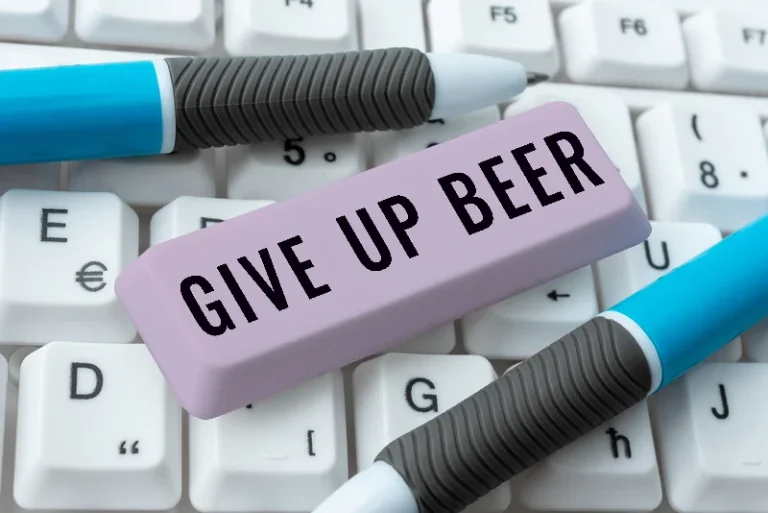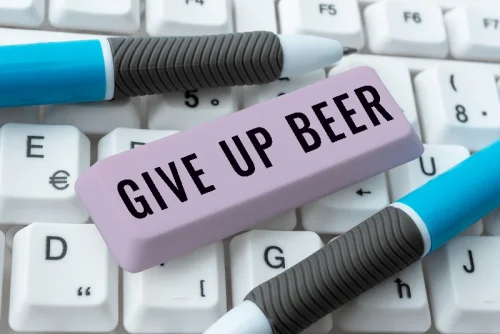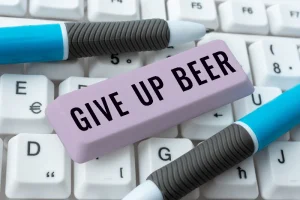18 Ene How Long can Amphetamines Be Detected? Testing Timeline FHE Health

However, hair tests may be biased based on a person’s hair color — darker hair contains more methamphetamine than lighter-colored hair because the drug binds better to melanin in dark hair. At-home tests are usually sufficient to indicate the presence of a drug in the urine. A positive result requires the individual to send the sample to a laboratory for more testing. Lab tests are more reliable than home tests because they can rule out false positives caused by certain foods, supplements, drinks or medications. Amphetamines are a group of central nervous system stimulants that include amphetamine, dextroamphetamine and methamphetamine. Doctors typically prescribe amphetamines for narcolepsy, obesity and attention-deficit/hyperactivity disorder.
Body Composition
Controlled drugs refer to any substances that are tightly controlled by the government, because they pose a risk of addiction or misuse. Using amphetamines while drinking alcohol can increase heart rate and blood pressure. It can also increase the risk of alcohol poisoning, as a person taking amphetamines may not be fully aware of how much they are drinking.
Can A Drug Test Detect Secondhand Smoke?
When taken in oral therapeutic doses, amphetamines increase physical strength, stamina and endurance. High doses can impede an athlete’s performance through muscle breakdown and increased body temperature. Amphetamine drug test for urine is one of the most common forms of drug testing. Urine PH, or how acidic urine is, can also affect how long a drug stays in urine. The misuse of amphetamines, particularly among children seeking to boost their academic performance, can lead to serious dependency and addiction issues. Extended use of these stimulants can create a reliance on the drug for academic success, leading to psychological and physical dependence.
Renowned Alcohol Rehab Centers in Kansas

How long a drug stays in your system can depend on many factors. Different drugs will have different detection times, and the type of drug test used can affect how quickly a drug may be detected. Amphetamine withdrawal effects include depression, fatigue, irritability, anxiety, trouble concentrating, and increased appetite.
How Drug Tests Work
Various factors impact how long stimulants are in urine, including the type as well as the amount consumed. Typically, a positive urine test is likely for four to six hours after consumption. If a test comes back positive, that generally means a person has used amphetamines in the last one to four days. However, in those who are regular uses of the drug, this can extend for up to a week after the last intake. Most blood tests are only effective for four to six hours after a person uses the drug.

Additionally, mixing amphetamines with alcohol and other drugs magnifies the effects. A positive amphetamine test generally means that the individual used the drug in the last one to four days. Regular users of the drug may test positive for up to a week after taking it. The journey towards recovery from substance misuse, especially in cases where children have abused amphetamines to boost their grades, involves comprehensive treatment strategies. These strategies are tailored to address both withdrawal symptoms and the need for professional assistance. For anyone concerned about a child’s potential substance abuse, it is vital to approach the situation with care and seek help from professionals equipped to deal with addiction.
Can I Refuse A Roadside Drug Test?
According to the American College of Neuropsychopharmacology, the average amphetamine half life is hours. Certain amphetamines have also been shown to lessen the symptoms of Parkinson’s disease. How someone feels and behaves after taking amphetamines can vary. Those in possession of Class B drugs can face up to five years in prison, an unlimited fine or both. For Class A drug possession, prison time can be as much as seven years.
- Some drugs can be detected in the body quickly—within just a few minutes for a saliva test, for example.
- The liver breaks down amphetamines, but some of the drug is filtered into the urine by the kidneys.
- Amphetamines are stimulants that effect the central nervous system and include amphetamine, methamphetamine and dextroamphetamine.
- If you’re dependent on Adderall, this may require tapering your dosage or seeking additional support through a detox program.
- For example, someone who is struggling with anxiety will likely absorb the drug at a slower rate than a person who is not dealing with stress.
- Methamphetamine is detectable for longer than amphetamines and can be detected for up to seven days in the urine after just one dose.

It means they have high abuse potential but also have medical uses. As tolerance increases, this can lead to taking higher doses to attain the same effect. Long-term use of these drugs can lead to amphetamine addiction. Addiction to these drugs is devastating for interpersonal relations and adversely impacts work life. Stopping consumption after long-term use results in amphetamine withdrawal symptoms. Due to the potential for addiction and severe health complications, amphetamines how long do amphetimines stay in your system are regulated as Schedule II controlled substances in the United States.

How to Get Meth Out of Your System
Explore the profound effects of drug use during pregnancy, from fetal impact to long-term consequences. If you’d like to stop using meth, support from a trained specialist can help you take the first steps toward recovery. Meth that enters your brain drastically increases your dopamine levels, creating a powerful reward incentive to keep using. However, it can also kill brain cells, causing long-term damage to your memory, attention, and executive functioning.

What Happens When You Mix Amphetamines and Alcohol?
The liver breaks down amphetamines, but some of the drug is filtered into the urine by the kidneys. There is no way to flush amphetamines or other drugs out of the body quickly. The most common method is to use an absorbent pad or swab to wipe the saliva from the inside of a person’s mouth.



Sorry, the comment form is closed at this time.